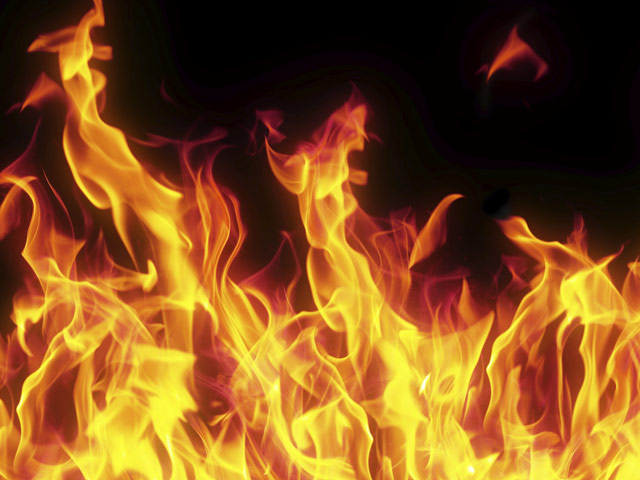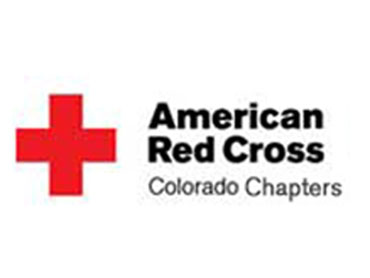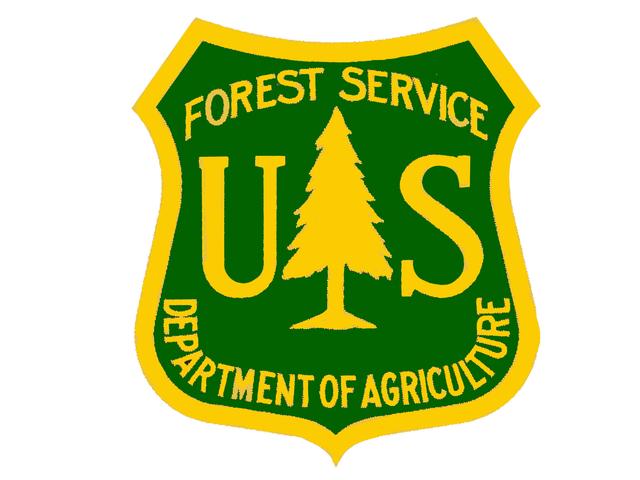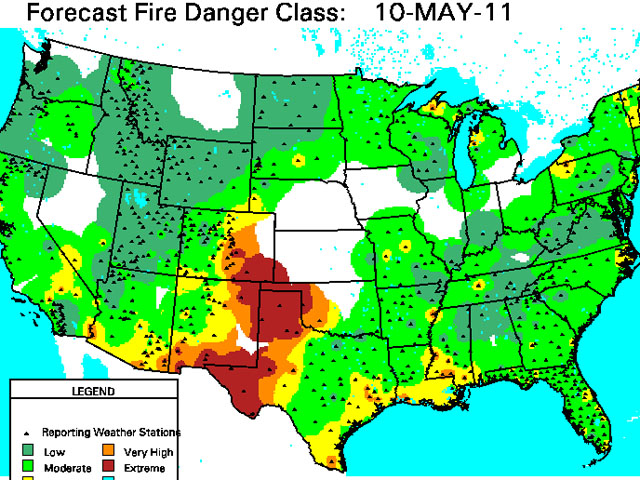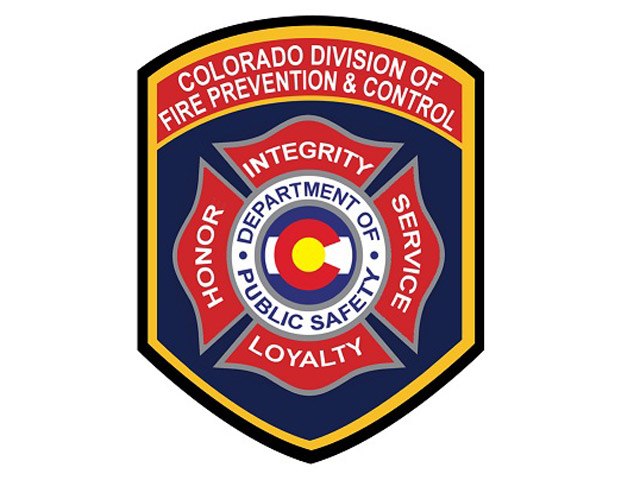According to the National Fire Protection Association, a wildfire is "an unwanted, non-beneficial fire that rapidly spreads on hillsides and in valleys, prairies or forests. Wildfires are a threat to homes, particularly those located in wildland settings near forests, in rural areas, and in the mountains."
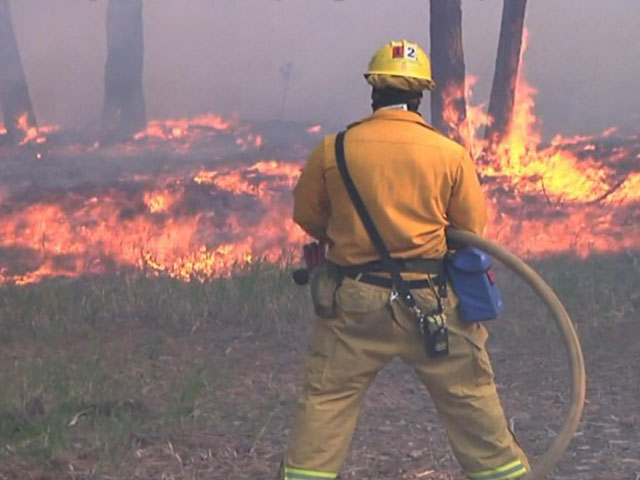 An image of the Black Forest Fire on June 11, 2013, Colorado's most destructive fire on record (credit: Colorado Springs Fire Department)
An image of the Black Forest Fire on June 11, 2013, Colorado's most destructive fire on record (credit: Colorado Springs Fire Department)
The links and information on this page help to explain how wildfires happen and what can be done to combat them once they break out. Several also provide important information about fire mitigation and what to do if a wildfire is threatening your community.
Latest On Colorado Wildfires
View the the latest reports from CBS4 on wildfires in Colorado below or click here for the full archive.
Notable Wildfires In Colorado History
The following are details on some of the worst wildfires in Colorado history.
Black Forest Fire: Colorado's most destructive fire in terms of property damage -- Approximately 15,000 acre fire in June 2013 destroyed 486 homes, 2 killed (Photo Gallery)
Waldo Canyon Fire: 18,247 acre fire started in June 2012, 346 homes destroyed, 2 killed, at one point 32,000 homes were evacuated (Photo Gallery)
High Park Fire: Lightning started 87,284 acre fire in June 2012, 259 homes destroyed, 1 Larimer Co. resident killed (Photo Gallery)
Lower North Fork Fire: Fire started in March 2012, 3 residents of Jefferson County killed, 27 homes damaged or destroyed, ignited by controlled burn on state land that got out of control (View Photo Gallery)
Fourmile Fire: 169 homes destroyed in Boulder County foothills, September 2010 (View Photo Gallery)
Hayman Fire: Colorado's largest fire -- 138,114 acres burned -- Started in June, 2002, in Pike National Forest, 133 homes destroyed, started by U.S. Forest Service worker Terry L. Barton (View Photo Gallery)
Missionary Ridge Fire: Fire broke out near Durango in June 2012, 73,145 acres burned, 56 homes destroyed, firefighter killed by falling tree
Fire On Storm King Mountain - South Canyon Fire near Glenwood Springs on Storm King Mountain in July 1994 killed 14 firefighters, burned 2,115 acres (Watch Video)
Black Tiger Fire: July 1989 on Sugarloaf Mountain in west Boulder County, 44 homes destroyed within six hours of ignition
American Red Cross
The Mile High Chapter of the American Red Cross responds to wildfires in communities throughout Colorado. To support the statewide disaster relief efforts, go online, call or mail a check to:
American Red Cross
444 Sherman St.
Denver, CO 80203
1-800-RED-CROSS or 303-722-7474
www.coloradoredcross.org
Good Question Reports
Watch reporting on wildfires by CBS4 Good Question reporter Alan Gionet in a special video page.
USDA Forest Service
The Fire and Aviation Management section of the U.S. Forest Service website lists all current, active large wildfires in the country and also has dozens of links that help citizens understand how national wildfire management works. Included is the official national wildland fire policy and a description of the different kinds of wildfire teams (Enginecrews, Helitack, Hotshot Crews, Handcrews, Partners, Smokejumpers) that get dispatched to fires, among many, many other resources.
Division of Fire Prevention and Control
The Colorado Division of Fire Prevention and Control's mission is "to provide leadership and support to Colorado communities in reducing threats to lives, property and the environment from fire through fire prevention and code enforcement; wildfire preparedness, response, and management; and the training and certification of firefighters."
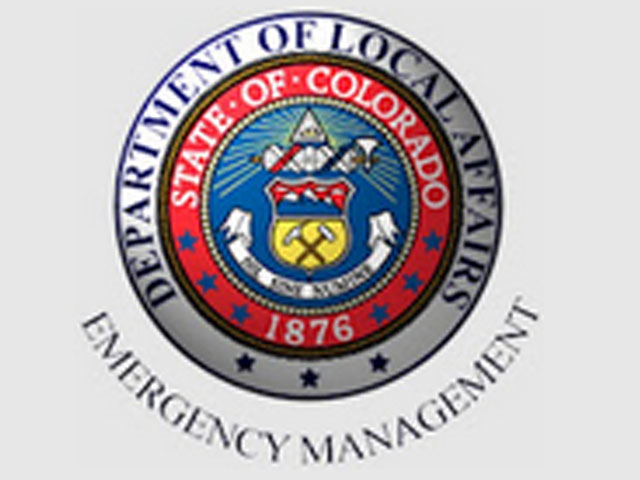
Colorado Division of Emergency Management
The News/Info page of the Colorado Division of Emergency Management's website features helpful information on the latest wildfires in the state and helps you track fire bans in different counties across the state.
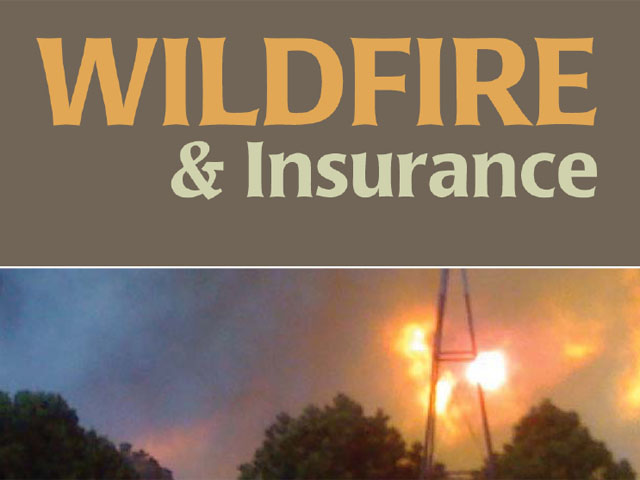
Colorado Wildfire & Insurance Guide
The Colorado Division of Emergency Management website offers the Colorado Wildfire & Insurance Guide, a "solid reference tool for property owners/residents in the growing wildland urban interface areas in Colorado." It's put together with the Rocky Mountain Insurance Information Association, and it encourages residents to "consider steps you can take to ensure your insurance is up-to-date and coverage appropriate and, most importantly, to get tips on steps you can take to reduce your vulnerability to wildfire losses."
- More Info: Colorado Division of Insurance Website

National Interagency Fire Center
The National Interagency Fire Center has several important sections of their website relating to wildfires. Find descriptions and statistics on current fires on their Fire News page. It's regional agency, the Rocky Mountain Coordination Center, features a Fuels and Fire Danger section on their website. They also have links to all of Colorado's different "hotshot" and "smokejumper" wildfire crews. It also explains how the National Fire Danger Rating System works.
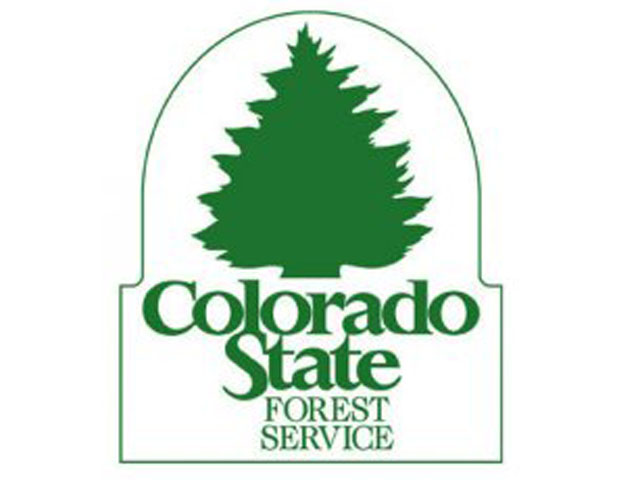
Colorado State Forest Service
The Colorado State Forest Service is the state lead for the Fire Adapted Communities, Firewise Communities/USA® and Colorado's "Are You FireWise?" programs. The CSFS provides a variety of resources to landowners, including guidance in developing community wildfire protection plans; assistance in becoming a Firewise Community/USA®; and publications on home construction and fuels reduction to help landowners prioritize fire mitigation actions. The CSFS also developed the Colorado Wildfire Risk Assessment Portal to help landowners and communities assess wildfire risk.

U.S. Fire Administration
The U.S. Fire Administration website provides site visitors with a brochure that outlines steps homeowners can take to protect their homes when wildfires are threatening them. It provides interesting tips such as "If you're sure you have time (before you evacuate your home) ... turn on a light in each room to increase the visibility of your home in heavy smoke." The site also offers safety guidelines for firefighting crews.
Firewise Communities Program
The national Firewise Communities program website details many Colorado communities' wildfire mitigation efforts, including several on Colorado's Front Range. Read profiles of Genesee, Perry Park, Woodmoor and Windcliff.
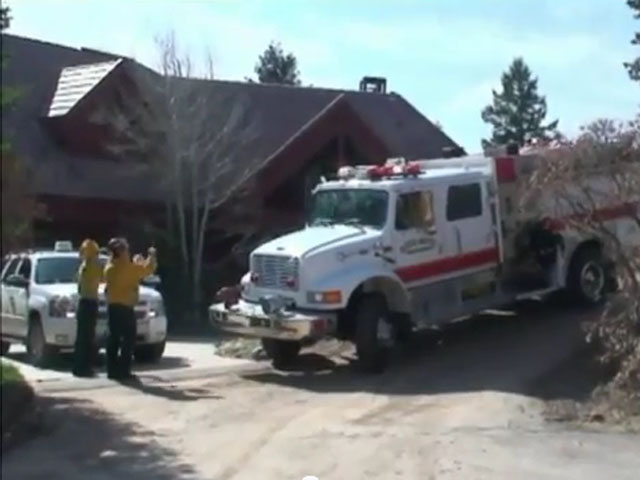
"Ready, Set, Go" Evacuation Guide
Retired CBS4 reporter Paul Day is a member of Roxborough Park's Fire Mitigation Committee. Watch a 10 minute video clip on YouTube that Paul narrates that's about their efforts. It shows how "one foothills community has learned from the Hayman and is actively preparing for wildfire."
READYColorado
READYColorado.com is designed to help every Coloradan become prepared to respond to and recover from a wide array of disasters ... both natural and human-caused. Visit the READYColorado.com Website for more information.
GeoMAC
The Geospatial Multi-Agency Coordination Group or GeoMAC, is an Internet-based mapping application that allows people to access online maps of current fire locations and perimeters across the country. Visit the GeoMAC Website.
Wildfire Education Video by South Metro Fire Rescue
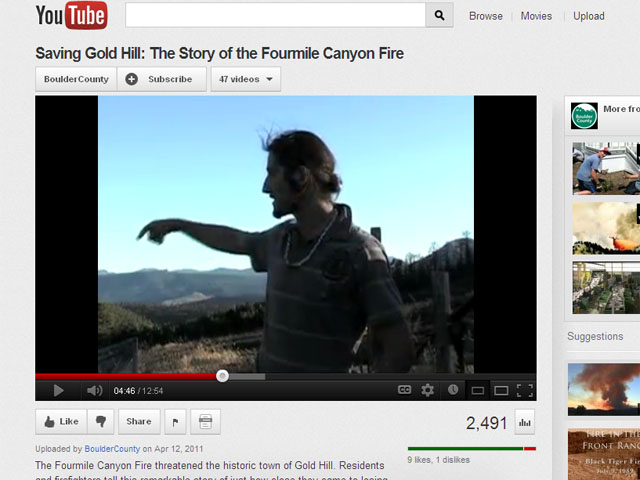
University Of Colorado Wildfire Video Project
University of Colorado journalism students in 2011 produced several videos about the Fourmile Fire, other historical fires in Boulder County and wildfire mitigation and preparedness. Watch the videos on YouTube. The goal is to learn lessons about the "wildland-urban interface."
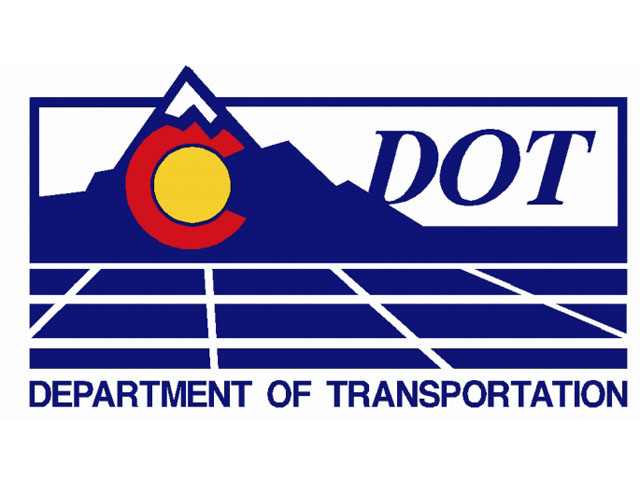
Road Closures Due To Fires
To view the latest highway closures in Colorado due to wildfires, visit the Colorado Department of Transportation website. (Their listings generally include only major highways, interstates and state highways that are affected by wildfires. Information about various county roads, local roads and forest roads that might be closed in immediate wildfire areas will be found on county emergency management websites and forest service websites.)
County Emergency Information
- Colorado County and City Emergency Managers & Sheriffs Main Page
- Adams County Office of Emergency Management
- Arapahoe County Office of Emergency Management
- Boulder County Emergency Management
- Broomfield County Emergency Management
- Clear Creek County Office of Emergency Management
- Douglas County Emergency Management
- Eagle County Emergency Management
- El Paso County Office of Emergency Management
- Grand County Office of Emergency Management
- Jefferson County Emergency Management
- Larimer County Emergency Management Office
- Pitkin County Emergency Management
- Pueblo County Department of Emergency Management
- Routt County Office of Emergency Management
- Summit County Sheriff's Office
- Teller County Office of Emergency Management
- Weld County Office of Emergency Management
Below lie the signup pages for reverse 911 call systems.
Counties
- Adams County (Call 303-288-1535 for questions and confirmation)
- Arapahoe County (Call 303-994-8042 for help setting up your profile)
- Broomfield County
- Boulder County (Call 303-651-8550 for help setting up your profile)
- Clear Creek County
- Denver County
- Douglas County (Call 541-440-4450 for help setting up your profile)
- Eagle County
- Jefferson County
- Larimer County
- Summit County
- Weld County
Cities
Colleges
Smokey Bear
Smokey Bear, who has spread the message that "Remember ... Only YOU Prevent Wildfires!" for six decades, also has his own website. The site has a special Kids page where you can "explore Smokey's cabin to find all sorts of fun and interesting things about Wildfire Prevention."
